O-Solution DS-5000
Sound Power Level Measurement System
New
Simple measurement based on International standards, Thorough analysis of problematic sounds
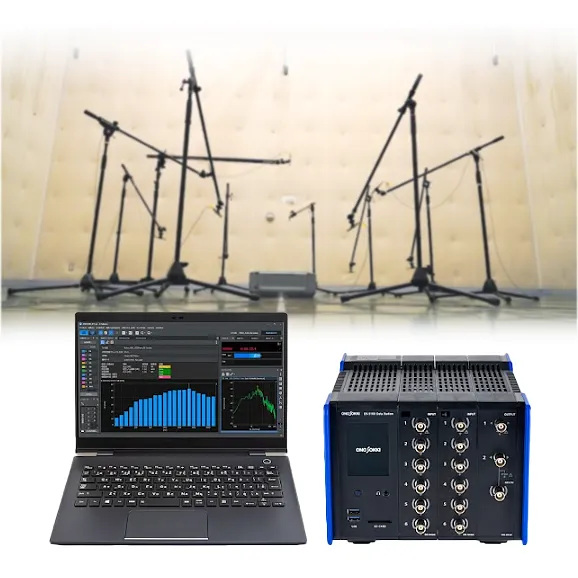
Due to the electrification of automobiles and the increasing efficiency of home appliances, the products that generate high frequency sounds have been increasing. The loudness of high-frequency sounds changes depending on the measurement point, making it difficult to evaluate the A-weighted sound pressure level at a single point. Therefore, it is more effective to use the sound power level which captures the emitted sounds across the entire surface. This system allows you to take efficient noise countermeasures by the measurements that comply with standards and easily confirming sound sources and frequency peaks.
What is sound power level?
Sound power level represents the total sound energy emitted by a sound source per unit time. While general sound pressure level changes depending on the distance from a sound source or a test environment, sound power level is the specific values of sound sources. Therefore, sound power level is effective in setting equipment noise specifications and evaluation standards, as well as evaluating noise reduction effects, and is a global indicator that is also used for environmental labels and noise regulations.
The measurement method of sound power level is specified by ISO standards and JIS, and there are the sound pressure method using a microphone and the SI method using a sound intensity.
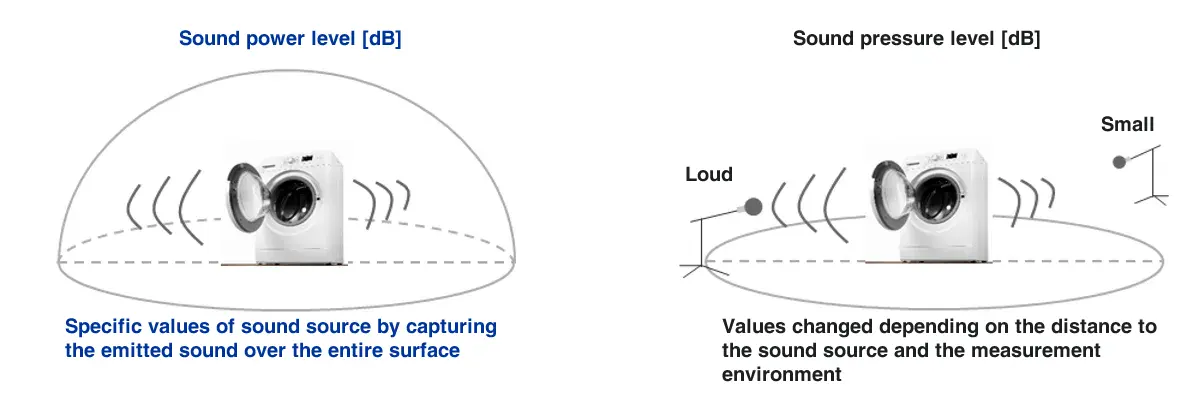
Measurement procedure using Sound Power Level
The figures below show the measurement procedure of sound power level using sound pressure method in a semi-anechoic room.
First, arrange a test environment and microphones' orientation in compliance with the standards. Second, obtain the sound pressure level at each measurement point
(background noise, noise source, reference sound source in case of environmental correction). Third, calculate the sound power level by applying the correction items specified by the standard.
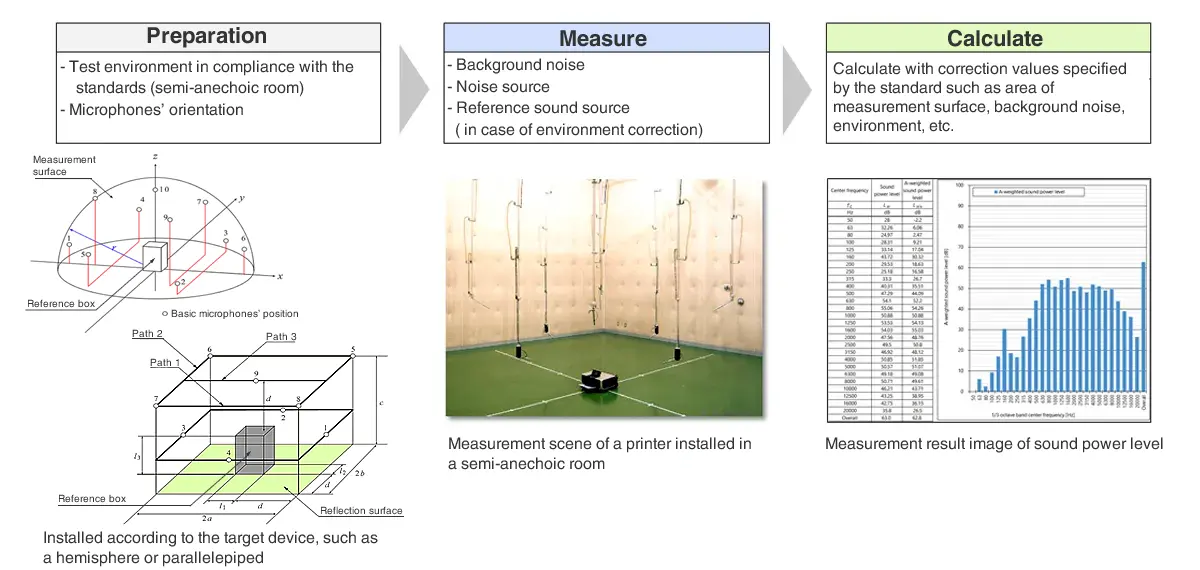
Features
Performs measurements in accordance with standards and outputs reports in Excel format. The setting items of standards can be customized and are useful for calculating noise test code.

In the standard, it generally calculates the sound power level within the analysis frequency range up to 10kHz, however, this can be extended to calculate high-frequency sounds as well. If there are many measurement points, it enables to measure by dividing into multiple times. *1
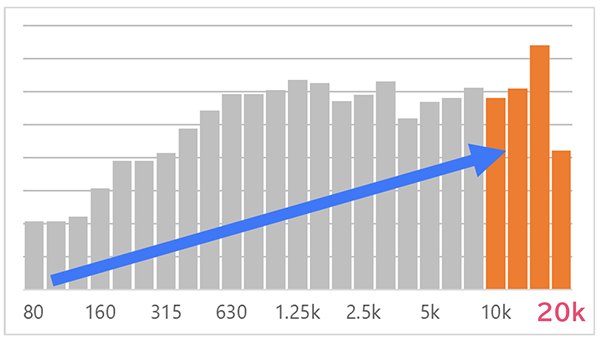
- Analysis and recording simultaneously (Synchronous recording with other sensors is also available.)
- Calculate FFT, instantaneous sound power level.*2
- Sound pressure level distribution can be displayed.
After calculating the sound power level according to the standard, detailed analysis can be performed using the recorded data.
It enables to calculate FFT and instantaneous sound power levels by post-analyzing and efficiently identify frequency peaks, timing,
and sound source locations that cause increases in sound power levels. Saving the time of re-measurement leads to cost reduction of noise test.

*1 Only available if the sound source has reproducibility and is stable.
*2 Background noise correction and area correction are performed based on the standards, however, the calculated values are reference values as the calculations are performed at a frequency resolution or time resolution that is different from the standards.
*3 When calculating sound power level with the frequency resolution of FFT, the FFT analysis function (OS-0522) is required separately.
Conforming standards
Conforming to standards applied to various objects
The sound power level has been specified in the standards so that it can be measured in a variety of environments without limiting the target object.
The OS-0541 complies with the standard for measuring sound power level using sound pressure with a microphone. The OS-0524 Octave Analysis function is separately required.
| Test environment | Standards | Number of measurement points |
|---|---|---|
| Anechoic room, semi-anechoic room | Precision method ISO 3745:2012, JIS Z 8732:2021 | 20 or more |
| Semi-anechoic room, outdoor | Engineering method ISO 3744:2010*, JIS Z 8733:2000 | 9, 10 or more |
| Survey method ISO 3746:2010 | 4 or more | |
| Reverberation room | Precision method ISO 3741:2010,JIS Z 8734:2021(only comparison method) | 6 or more |
| High frequency sound power level | ISO 9295:2015(only when not including discrete tones) | Refer to ISO 3741, 3744 |
* Revision of ISO 3744 is under development. When a revised version is published, our software will be updated to meet the new standard.
Sound power level measurement in semi-anechoic room
This is the most popular measurement method. Measurement is taken by arranging microphones on the surface of a hemisphere or rectangular parallelepiped surrounding the object.
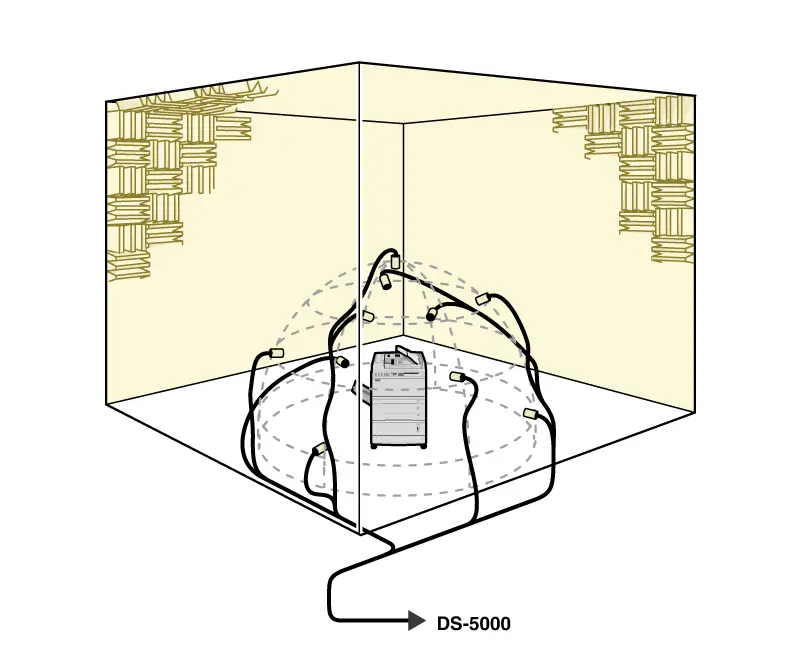
Sound power level measurement in reverberation room
Compared to a semi-anechoic room , more accurate measurements can be made with fewer measurement points.
There are direct method and comparison method, and the OS-0541 only supports comparison method.
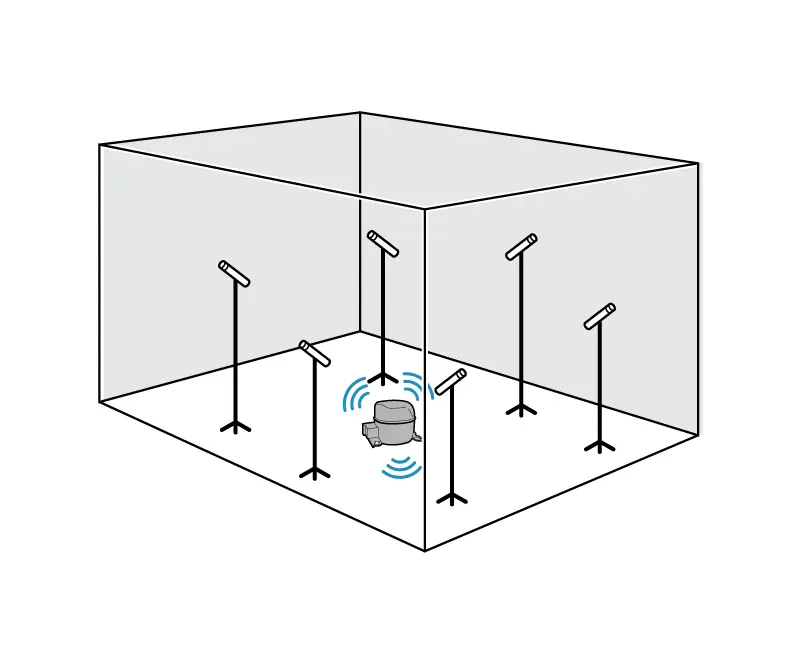
Conforming to standards applied to office equipment
The measurement of noise emitted by computers, printers, multifunction devices, etc. is specified in the standard ISO 7779.
This standard is also applied in obtaining environmental labels.
It calculates emission sound pressure level at defined operator or bystander position as well as sound power level and the prominent discrete tones.
Conforming to standards
| Measurement items | Standards |
|---|---|
| Sound power level for information technology and telecommunications equipment | ISO 7779:2018, JIS X 7779: 2012 |
| Emission sound pressure level | ISO 11201: 2010 |
| Declared noise emission values | ISO 9296: 2017 |
| Prominent discrete tones | ISO 7779: 2018, JIS X 7779: 2012 Tone-to-Noise Ratio, Prominence Ratio |
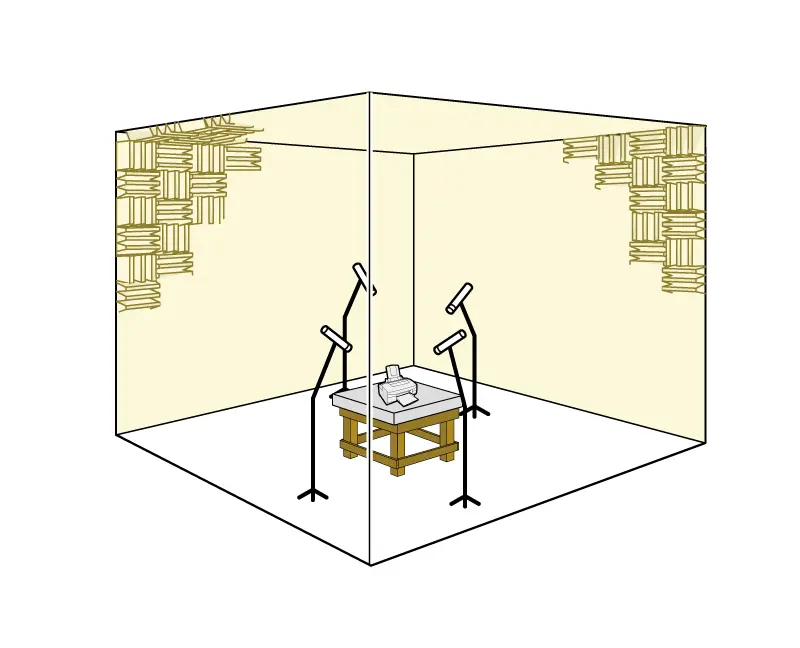
Measurement image (emission sound pressure level at bystander position)
System configuration
It is a general measurement system with 10 microphones arranged on a hemispherical surface.
| Model | Product name | Qty |
|---|---|---|
| DS-5100 | Main unit | 1 |
| DS-0526 | 6ch 40 kHz Input unit | 2 |
| OS-5100 | Platform | 1 |
| OS-0524 | Octave Analysis Function |
1 |
| OS-0541 | Sound Power Level Using Sound Pressure | 1 |
| OS-0542 | Information Technology Equipment Option | 1 |
| MI-1235 | Measurement microphone | 10 |
| MI-3111 | Microphone preamplifier | 10 |
| MI-0311 | Extension rod | 10 |
| MX-2020 | Signal cable for microphone(20 m) | 10 |
| SC-2600 | Sound Calibrator | 1 |
* A PC is required. Recommended specifications follow the O-Solution specifications.
* Microphone stands are required to fix microphones.
* System assembly fee is required when setting the measurement environment, such as selecting a microphone stand, etc
* Please contact us regarding the installation of a test environment such as a semi-anechoic room.
Application example
By measuring according to standards, you can more accurately understand the overall sound of the product.
Condition of the measurement
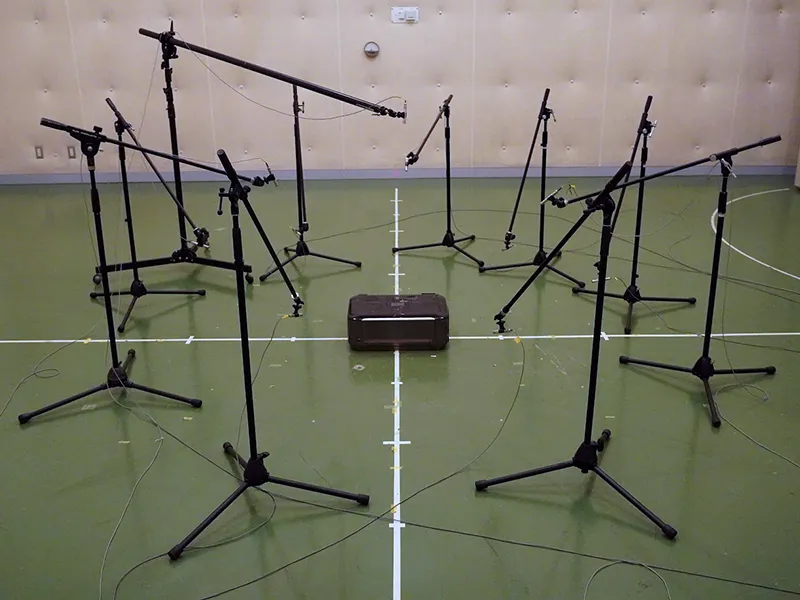
Image of measurement result
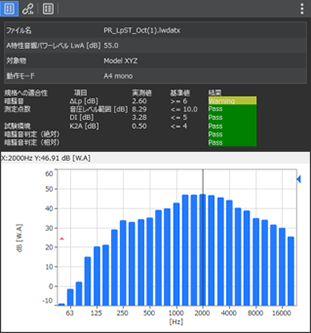
Examples of products to be measured

Air conditioners, Home appliances (Washing machine, vacuum cleaner), Office appliances, Automotive parts, Machines such as generators
By checking the sound pressure level distribution at the same time as the sound power level, you can efficiently identify the noise source and confirm the effectiveness of countermeasures.
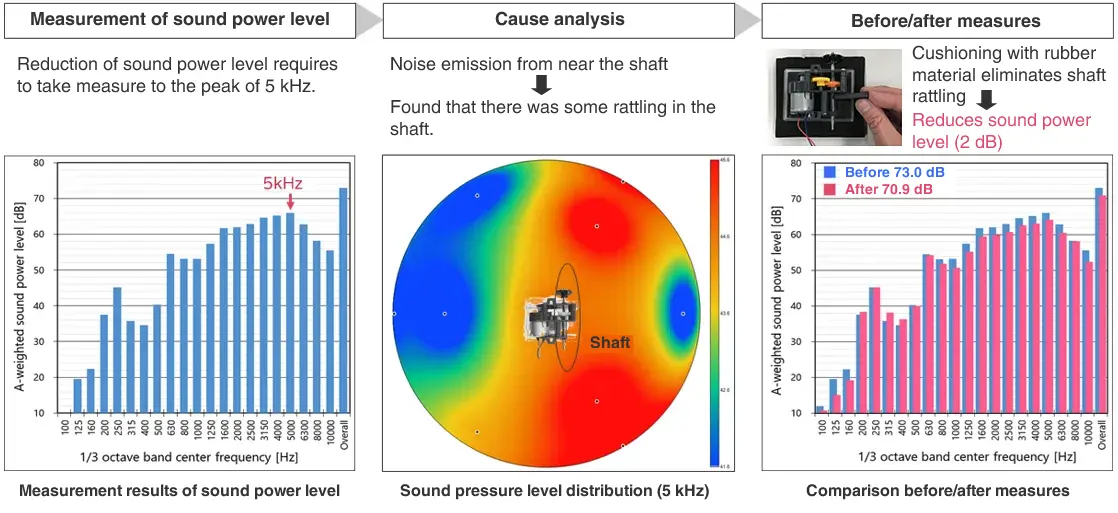
Equipment with built-in motors tend to generate high-frequency sounds due to their rotational speed. High frequency sounds may sometimes be unpleasant, thus it is important to reduce them. The OS-0541 allows you to post-analyze the measurement data and to calculate the sound power level in the range of tracking analysis. By understanding the overall sound power level according to the rotation speed, you can clarify the operating conditions that require countermeasures. The OS-0523 Tracking Analysis function is required separately.
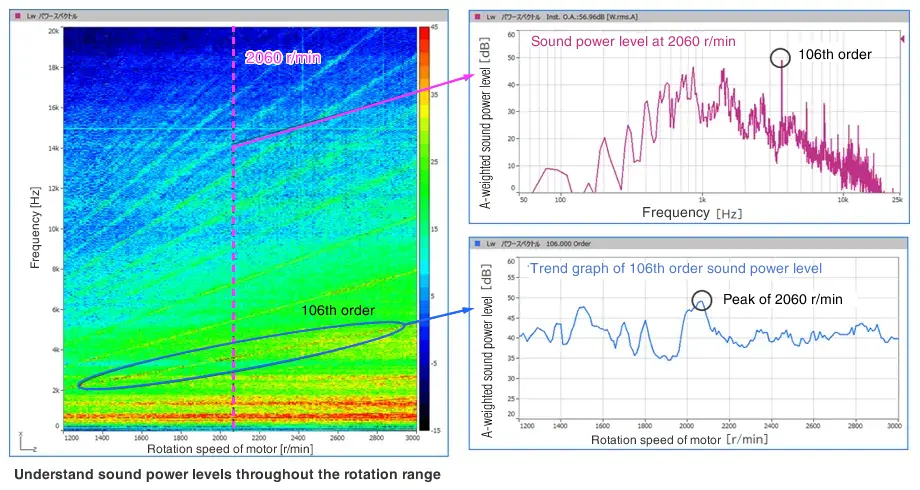
Specificaitons
O-Solution (Software) Specifications
Please click on the link below to refer to the specifications of OS-0541 & OS-0542.
